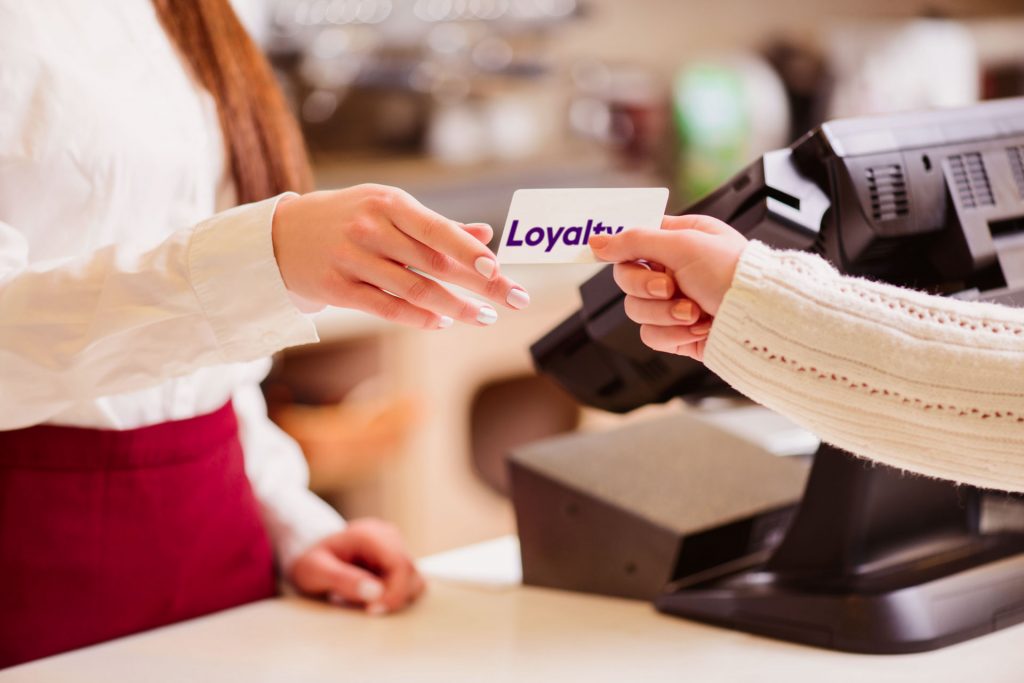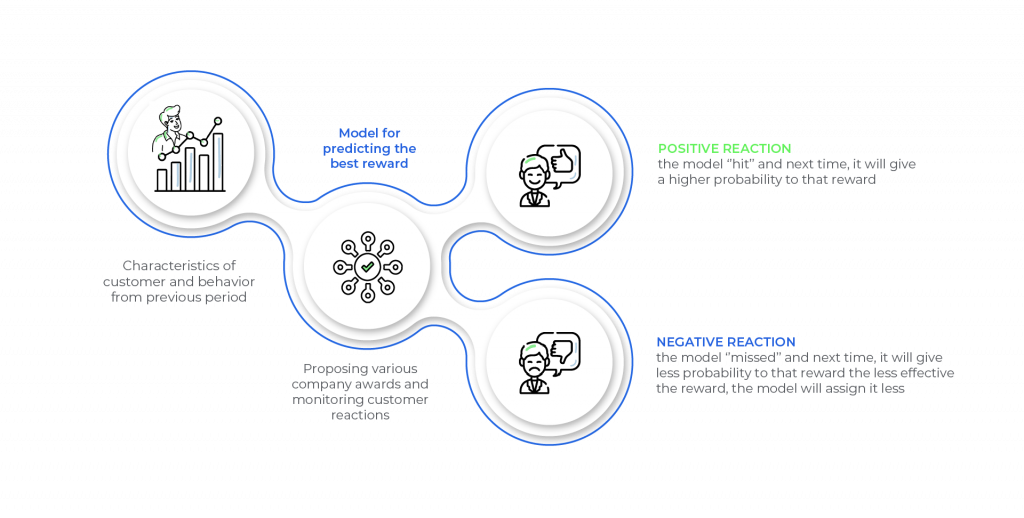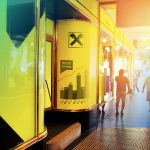How to build a loyalty program with CRM?
Customers are the most valuable resource of many companies around the world. Whether you invest resources in new or existing customers is up to you. According to Forbes, acquiring new customers proved to be five times more expensive for the company than retaining existing customers ie. selling other products to existing customers is more profitable and easier for the company. This is supported by the fact that an increase in customer retention by 5% can lead to an increase in profits from 25% to 95%. Also, the probability of converting an existing customer into a repeat customer is between 60-70%, while the probability of acquiring a new customer is from 5% to 15%, at best (Source). In order for companies to be able to maintain the satisfaction of their customers, they need to take into account the quality of their products and services, as well as the way in which they will maintain the loyalty of their customers.
There are many ways to maintain the interest and loyalty of customers. Starting from various loyalty programs and cards that customers use when shopping, to a large number of bonuses, discounts, and gifts. Each company adjusts its approach to customers according to its products and way of doing business. By investing in customer satisfaction, companies reduce the cost of acquiring new customers and affect revenue growth per customer. Loyalty based CRM can play important role in this case.

New technologies enable the loyalty programs and the way of rewarding to be raised to a higher level and the company’s approach to the needs of each customer. By using machine learning and processing numerous data that companies collect about their customers, make possible to automate these processes in the company, as well as personalize the rewards that loyal customers receive.
If we go a step further, machine learning can also be used to find the best reward for each customer, by tracking their reactions to the rewards and bonuses the company sends them. The models used serve a list of rewards chosen by the company and assign probabilities to each customer of the company. It is important to emphasize that when choosing a reward for a customer, the model takes into account its characteristics, thus avoiding sending the same rewards to a large number of people, but this selection is narrowed and personalized. If, on the other hand, it happens that the customer reacted less to a certain reward, the model learns from this reaction and for this customer that reward reduces its importance. The same is for the reverse case. In this way, the performance of the model is improved.

Also, the data that reward models can use is the customer segment, its value that it brings to the company (customer lifetime value), probabilities for purchases of certain products etc. All this information enables the models, according to the characteristics of the customers, to recommend the best rewards in order not only to maintain but also to improve the value that the customer has for the company.
By using the latest concepts to maintain the customer base and the quality of products and services, companies gain market advantage, become recognizable and preferred by customers. By investing in trust and loyalty, companies are investing in the growth of their revenue and business.
Get to know
your customers
better.
FAQ | Finance | Banking | Telecommunications | Retail | Why Selecta | How it Works



